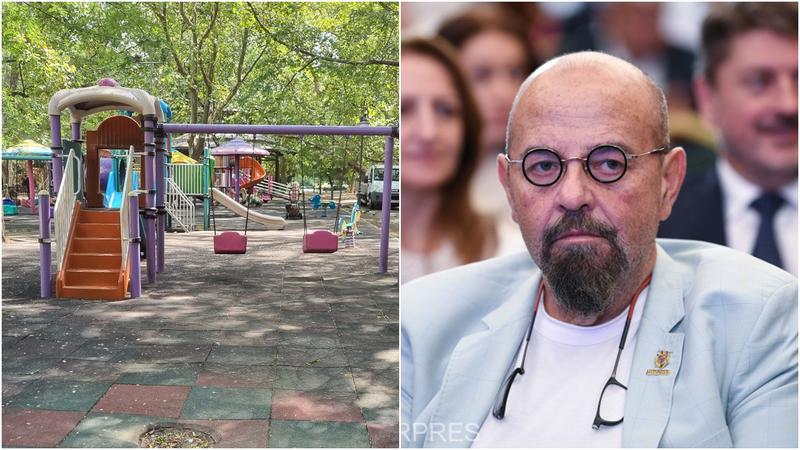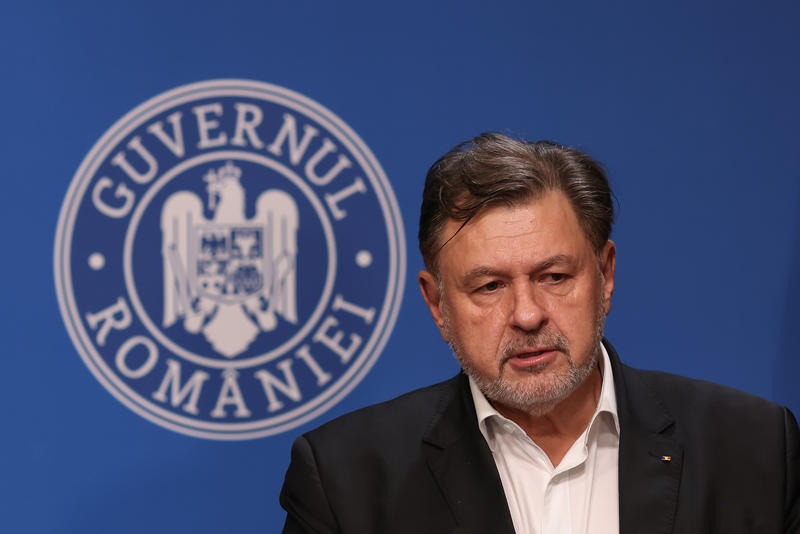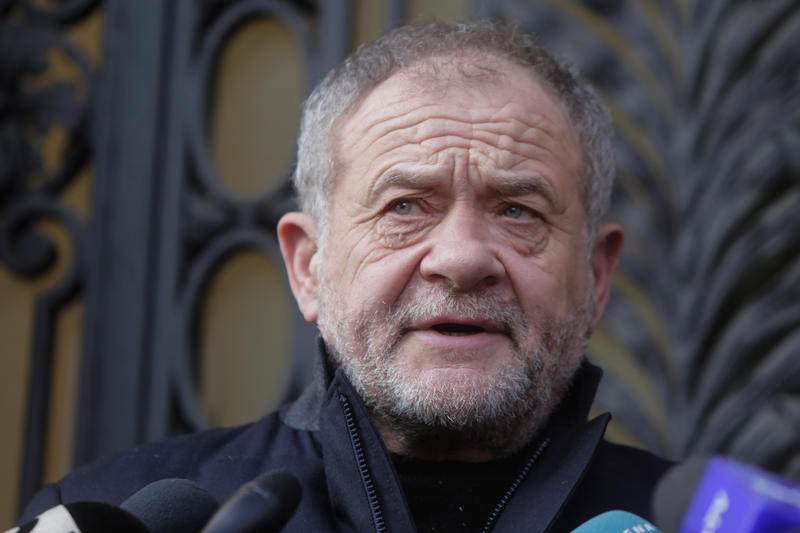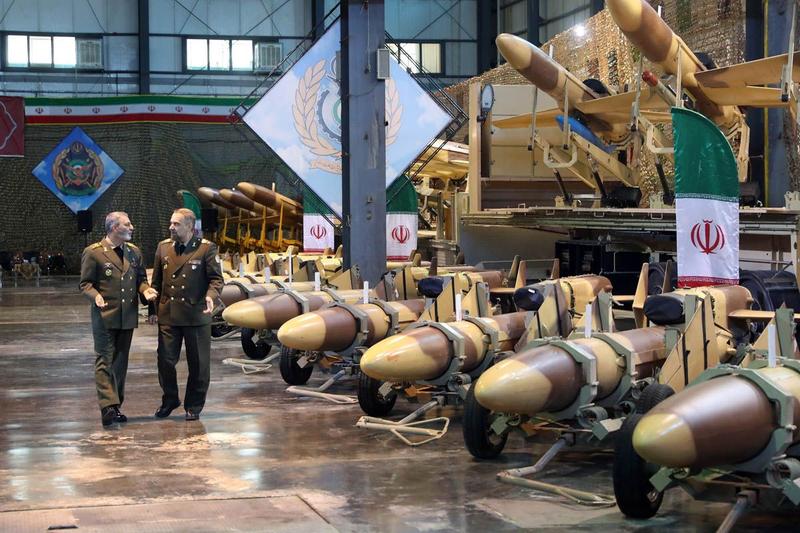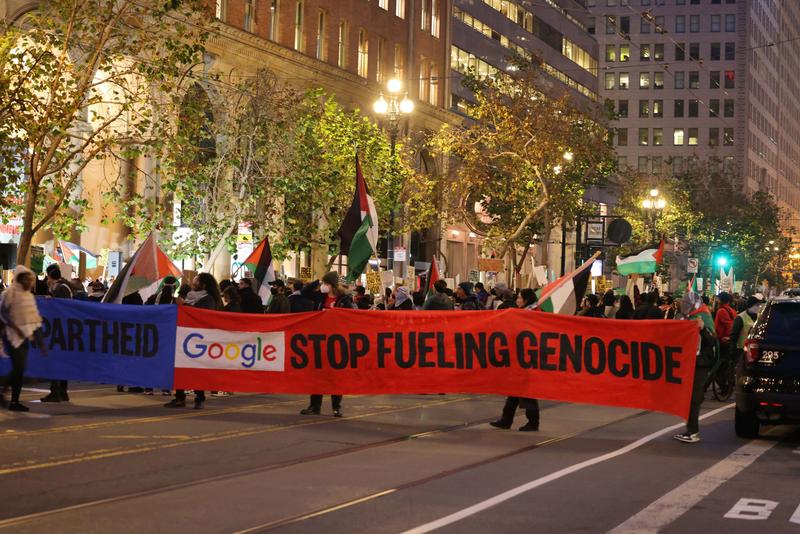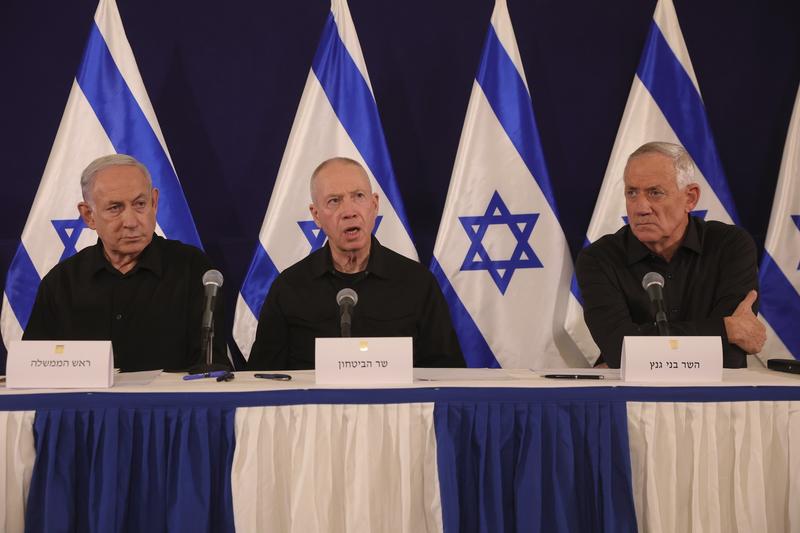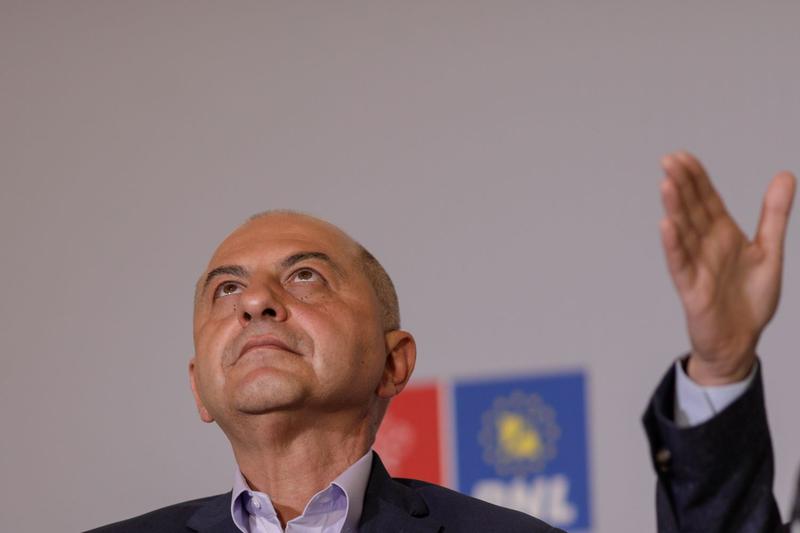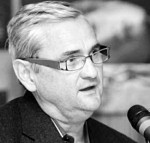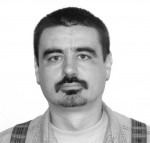Patriarch Teoctist, the head of the Orthodox Church in Romania, died of heart complications on Monday. He passed while in a Bucharest hospital where he went through a surgical intervention for prostate earlier today. According to doctors, he died because of older heart problems at 5 p.m. Romanian time.
The surgical intervention was not an emergency one, but a programmed one. He was 92. He has served as head of the Romanian Orthodox Church since 1986.
The body will be laid at the Patriarchal Cathedral on Tuesday. The permanent synod of the Church will convene on Tuesday as well to establish everything needed for the funerals of the veteran leader of Romanian Orthodox Church.
Doctors at the Fundeni Hospital where Teoctist died said that it was his decision to be hospitalized in Romania. They said the surgical intervention was a success and that the complications that led to his death are blamed on his age and fatigue.
A controversial figure
Patriarch Teoctist was born February 7, 1915 in the village of Tocileni, Botosani county under the name of Toader Arapasu. He was the tenth child in a family of 11 children.
His first contact was in 1928. He started religious education at the Theological School of the Neamt Monastery in 1931. He took over the name of Teoctist in 1935.
In 1940 he joined the Faculty of Theology in Bucharest which he graduated in 1945 before moving to the city of Iasi. Two years later, he was withdrawn his rank within the church because of his public pro-communist opinions.
But he starts climbing up Orthodox Church hierarchy with the help of another high profile priest, Justinian marina, seen as close to the communists and who was named patriarch in 1948 as the communists took over power in Romania.
By 1973 Teoctist had already been named Archbishop of Craiova and head of the metropolitan church in the region of Oltenia.
He then becomes the second-in-line for the seat of Patriarch in 1986.
On November 9, 1986 he is named Archbishop of Bucharest, head of the metropolitan church of Ungrovlahia and Patriarch of the Romanian Orthodox Church. His activity as patriarch before the 1989 revolution has then been challenged repeatedly because of his political passivity towards the communist regime and its policy of bringing down churches across Romania.
He claimed he tried to withdraw from the top job in the Church in 1990 but that he reconsidered his move as many church leaders asked him to stay.
The most relevant accusation that he collaborated with the communist regime came in 2006 as a historian, Stejarel Olaru, said he had proof that Teoctist was at least an agent of influence of the Securitate, ex-dictator Nicolae Ceausescu’s secret police.
Among Teoctist most famous accomplishments one can count the first visit of a Pope (John Paul II) to an Orthodox-majority country. Pope John Paul II visited Romania in 1999.
What comes next
According to Romanian Orthodox Church rules, the second in line when the seat of Patriarch becomes vacant becomes the cleric with the lengthiest activity in the Church. For the time being, the one to fulfill this term is Nicolae, head of the Metropolitan Church of Banat region.
If he refuses the honor, reputed church leader Bartolomeu Anania would be next in line.
The synod of the Church would be convoked within 41 days to name candidates and vote one of them as the new Patriarch.
